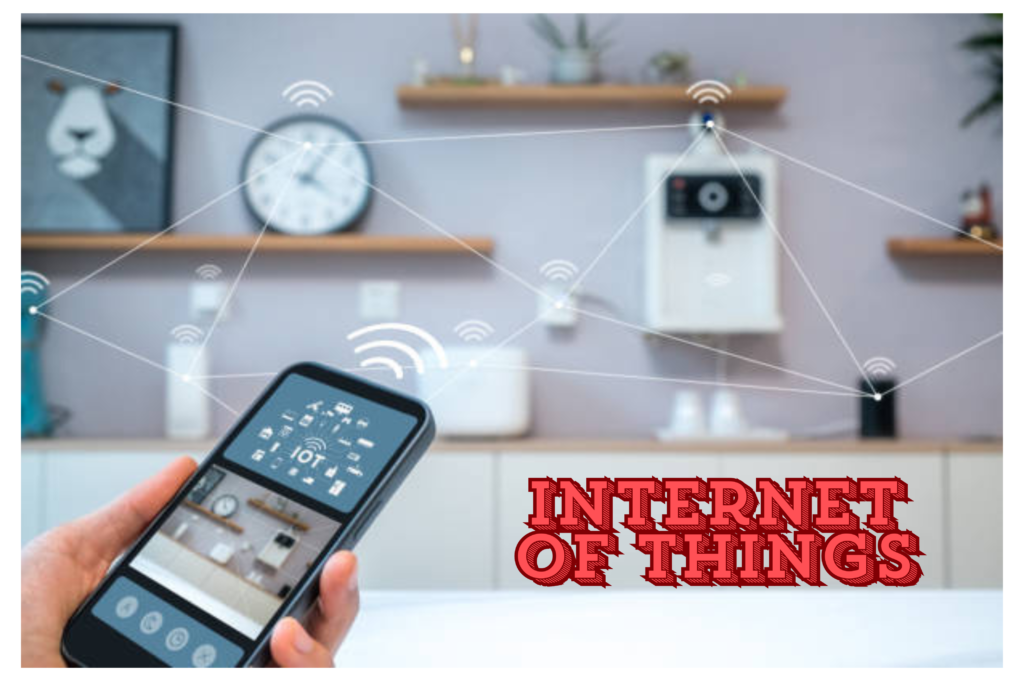Introduction: The Internet of Things (IoT) refers to the network of interconnected devices that communicate and share data with each other over the internet. This technology has revolutionized how we interact with everyday objects, from smart home devices to industrial sensors. As we move further into 2024, IoT continues to evolve, presenting new opportunities and challenges.
What is the Internet of Things?
The Internet of Things (IoT) is a system of interconnected physical devices that use sensors, software, and other technologies to collect and exchange data. These devices, which range from household appliances to industrial machines, are embed with technology that enables them to connect to the internet and communicate with other devices. You may also like to read about Career Growth: Navigating the Best Career Options of 2024.
Key Benefits of Internet of Things
- Enhanced Efficiency: IoT devices automate and streamline processes, leading to improved efficiency in various sectors, from manufacturing to healthcare.
- Better Data Insights: IoT provides valuable data that helps businesses and individuals make informed decisions based on real-time information.
- Improved Convenience: Smart home devices, such as thermostats and lighting systems, offer greater control and convenience.
- Cost Savings: IoT can lead to cost savings through predictive maintenance and energy efficiency.
Best Internet of Things Devices and Solutions of 2024
Smart Home Devices
- Amazon Echo (4th Gen): This smart speaker with Alexa integration offers voice control over various smart home devices, providing a seamless user experience.
- Google Nest Hub (2nd Gen): With a built-in display, this device not only controls smart home gadgets but also offers visual feedback and smart home routines.
- Philips Hue Smart Lighting: These LED bulbs controlled via smartphone apps and voice commands, allowing users to customize lighting settings and schedules.
Wearable Technology Of Internet of Things
- Apple Watch Series 9: Known for its health-tracking features, the Apple Watch Series 9 provides real-time data on fitness and wellness metrics.
- Fitbit Charge 6: This fitness tracker offers comprehensive health monitoring, including heart rate and sleep analysis.
Industrial IoT Solutions
- Siemens MindSphere: This cloud-based IoT operating system enables industries to connect their machines and analyze data for improved operational efficiency.
- GE Predix: Designed for industrial data analytics, Predix helps businesses monitor and optimize their assets in real time.
Future Trends in Internet of Things
Increased Integration with AI
The integration of Artificial Intelligence (AI) with IoT devices will enhance their capabilities, making them more intelligent and capable of making autonomous decisions.
Growth in Smart Cities With Internet of Things
Smart cities are becoming more prevalent, with IoT devices being used for traffic management, waste reduction, and energy efficiency. This trend will continue to grow as cities strive to become more sustainable and efficient.
Enhanced Security Measures
With the increasing number of connected devices, security remains a major concern. Future developments will focus on improving IoT security protocols to protect sensitive data and prevent cyber-attacks.
Internet of Things: Challenges and Considerations
Privacy Concerns
As IoT devices collect vast amounts of data, privacy concerns are a significant issue. Users must be aware of how their data is being used and ensure that their devices have strong security measures in place.
Interoperability
Different IoT devices and platforms often use various standards and protocols, leading to challenges in interoperability. Efforts are underway to standardize protocols to ensure seamless communication between devices.
Data Management
Managing the massive amounts of data generated by IoT devices can be challenging. Efficient data management strategies and advanced analytics are required to make sense of the information and derive actionable insights.
Conclusion
The Internet of Things is a rapidly evolving technology that continues to transform various aspects of our lives. From smart home devices to industrial applications, IoT offers numerous benefits and opportunities. As we move forward in 2024, the integration of AI, the growth of smart cities, and enhanced security measures will shape the future of IoT. Despite the challenges, IoT remains a pivotal technology with the potential to drive significant advancements across industries.
Frequently Asked Questions (FAQs)
What is the Internet of Things (IoT)?
The Internet of Things (IoT) is a system of interconnected devices that use sensors and technology to collect and exchange data over the internet.
What are some examples of IoT devices?
Examples include smart home devices like Amazon Echo and Google Nest Hub, wearable technology like Apple Watch, and industrial solutions such as Siemens MindSphere.
How does IoT benefit businesses?
IoT enhances efficiency, provides better data insights, improves convenience, and can lead to cost savings through automation and predictive maintenance.
What are the future trends in IoT?
Future trends include increased integration with AI, growth in smart cities, and enhanced security measures.
What challenges are associated with IoT?
Challenges include privacy concerns, interoperability issues, and data management complexities.
How can IoT improve smart cities?
IoT can enhance smart cities through improved traffic management, waste reduction, and energy efficiency.
What steps are being taken to address IoT security concerns?
Efforts are focused on developing robust security protocols and measures to protect data and prevent cyber-attacks.

